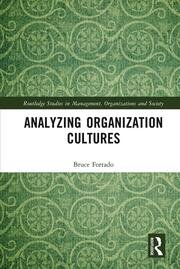ABSTRACT
Amalgam Bank introduced a sales culture. The relevant literature is briefly reviewed. The original Amalgam service culture is described. Two days of sales training was provided. Three sales referrals were expected daily. Lofty product sales goals were set. Pressure to sell was regularly exerted. Selling slowed transactions and irritated some customers. When employees raised questions, concerns or suggestions, the managers employed silencing behaviors. Sales rose. Managerial compensation increased. Teller stress mounted and morale fell. Turnover increased. A few double standards were noted by employees. False referrals, fake sales calls and “juiced” sales activity occurred. The point incentive system was not very stimulating. Upward mobility had lessened as sales-oriented outsiders were hired to fill branch manager vacancies. The original service culture and new sales culture are compared across ten cultural dimensions. Combining the two proved to be complex. Although every branch adopted a sales culture, meaningful implementation differences between branches were documented.


